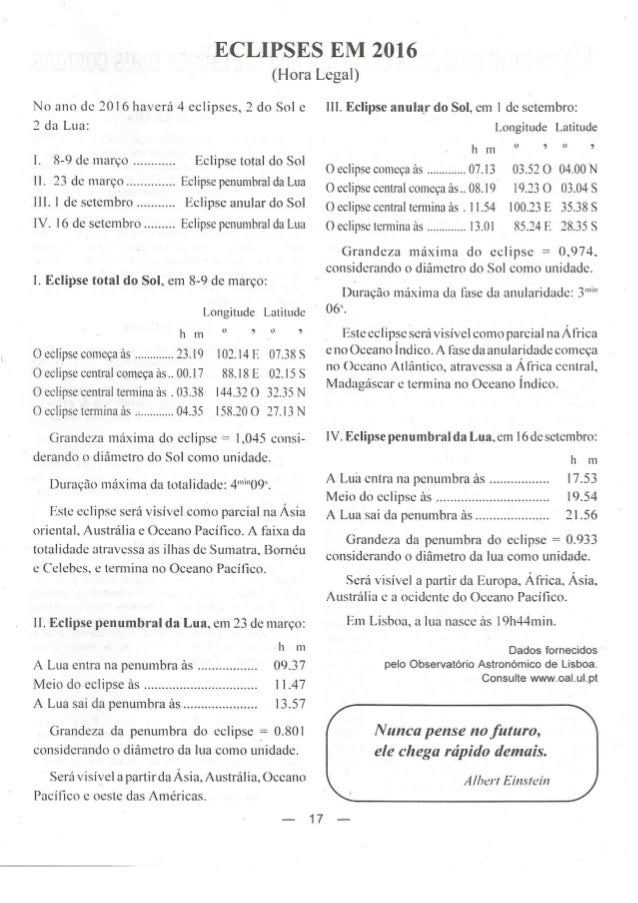The Realms Of Being Santayana Pdf Writer
'Critical of profit-motivated capitalism, hedonistic materialism, and religious dogma, Prabhat Ranjan Sarkar developed a Spiritual or Neo-Humanism bringing in spiritual, economic, social scientific, ecological, and moral themes to create a long term view of human progress; progress is the evolution of consciousness and movement directed toward the well-being of everyone. Basing his philosophy on love and respect for all things and the central human ideals of freedom, equality, and justice, Sarkar proposed that the physical, mental, and spiritual realms of humanity all need to be addressed in a vision of the future. A new social order – a 'moral society' – is needed for the future, emphasizing cooperation over competition, collective welfare over profit, and transcendent ideals over self-interest. And finally, as a common theme that runs through many works, the idea of the New (or Second) Enlightenment, reflecting an ethical, psychological, and social transformation in humanity, has been proposed as a hopeful and preferable futurist vision for the world.'
—Thomas Lombardo on Sarkar's philosophy. Sarkar's teachings on philosophy are based on a rational and approach that has been described as an innovative and practical of and philosophies.
He considered himself to be 'an incorrigible optimist' in his thinking. Cosmology [ ] Sarkar describes the as a result of macropsychic conation – the entire universe exists within the cosmic mind, which itself is the first expression of consciousness coming under the bondage of its own nature. With the evolution of unit beings, individual life, the extroversial projection of the 'Cosmic Mind' starts the return journey in an always unique and colourful fashion. No two entities of this universe are the same, and yet all have the same to merge once more with their source, the Cosmic consciousness.
As such, the cosmological flow is from limitless to limited consciousness and back to limitless consciousness, attained by meditation. Realms of the Mind [ ] According to Sarkar's philosophy the individual mind is composed of five layers called: • Kamamaya Kosa ('layer of desire') or 'Crude Mind': is the layer that controls the body. It operates on instinct or passion. This layer is sometimes conscious and sometimes subconscious. • Manomaya Kosa ('layer of thinking') or 'Subtle Mind': is the layer of thought and memory.

This Kosa gives experience of pleasure and pain and is developed naturally through physical clash, and in Ananda Marga sadhana by pranayama with cosmic ideation. Canon Vixia Hr300 Manual. • Atimanasa Kosa or 'Supramental Mind': is the intuitive layer. This Kosa gives the capacity of intuitive,, and insight. It is developed naturally through psychic clash, and in Ananda Marga sadhana by methods of pratyahara (withdrawal) such as shuddhis and Guru Puja. • Vijinanamaya Kosa ('layer of the special knowledge') or 'Subliminal Mind': is the layer of conscience or discrimination ( viveka) and (non-attachment).
George Santayana was a noted Spanish American philosopher, essayist, poet, and novelist. Check out this biography to. George Santayana As PDF. Continuing to write, he published the three remaining parts of his magnum opus, 'The Realms of Being' in 1930, 1938 and 1940 respectively. Capuzzi Andante And Rondo Pdf Merge. The Realms of Being (1942) is the last major work by Spanish-American philosopher George Santayana. Along with Scepticism and Animal Faith and The Life of Reason, it is his most notable work; the first two works concentrate primarily on epistemology and ethics respectively, whereas The Realms of Being is mainly a.